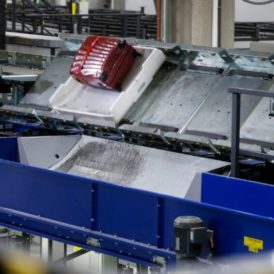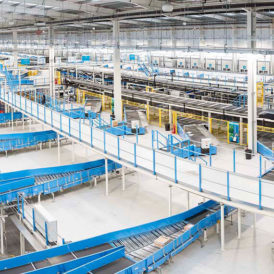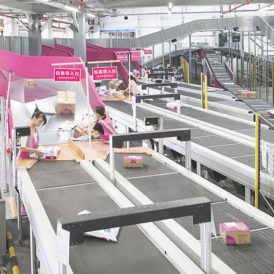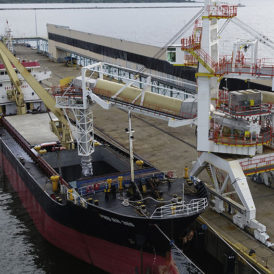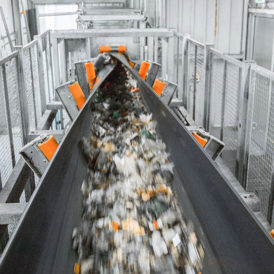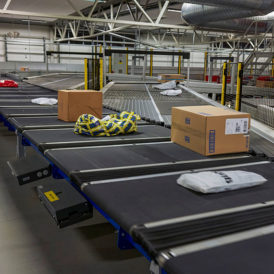Safety and security have always been vital parameters in the airport industry, but the rise in cyber attacks pushes a new type of security risk to the forefront of the agenda.
In Airports 2025 Outlook: Reinventing the Airport Experience you can read about the different strategies that enable airports to protect their most important technological infrastructure against cyber-attacks and how new investments could strengthen cyber-security in airports in the coming year.
Ready to invest in new technology
The automation of the airport industry is still very much an ongoing process. Given how many facets of the industry are struggling to attract labour, digitalisation is not only a matter of optimisation and efficiency, but a downright necessity.
When airports become increasingly digital they also become more vulnerable to cyber-attacks. The good news is that operators are prepared to invest in the protection of the growing digital infrastructure that runs through airports.
A key development, which you can read more about in Airports 2025 Outlook: Reinventing the Airport Experience, is that nine out of ten airport leaders consider upgrading legacy systems and technologies a commercial priority.
AIRPORT CYBERSECURITY: SAFEGUARDING AGAINST TODAY’S THREATS
Is the TSA leading the way?
Over the past couple of years it has become increasingly clear that the airports that work continuously on improving their technological infrastructure are also the ones that keep the digital housebreakers at the door.
Some airports have a proven track record of staying ahead of the technological curve, but global guidelines are needed for the whole industry to strengthen its digital security.
In Airports 2025 Outlook: Reinventing the Airport Experience you can read an analysis of the amendment released by the US federal transport body, the Transportation Security Administration (TSA).
How big a deal is the amendment? Some experts believe it could be the worldwide game changer for cyber-security that the airport industry needs.
The TSA emphasises the importance of implementing certain monitoring and detection policies to prevent unauthorised access to the digital control centre of airports. In 2025, more and more airports will begin to use these strategies to guarantee cyber-security.
